Cargando...
Recursos educativos
-
Nivel educativo
-
Competencias
-
Tipología
-
Idioma
-
Tipo de medio
-
Tipo de actividad
-
Destinatarios
-
Tipo de audiencia
-
Creador
Lo más buscado
- Educación para el ocio
- Thomas Edison
- Aprender a vestirse
- Normas de convivencia
- Actividades con divisiones por dos cifras
- Problemas de multiplicación
- Aprender las letras
- Repaso del adjetivo
- Actividades de lógica en primero
- Ramón Llull
- Biosfera para segundo
- Arte bizantino para primero
- Actividades musicales en P5
- Aprender a comer
- Arte español para cuarto
-
The chemical composition of living things
EduBook Organización
- 1 lo usan
- 3542 visitas
2.1. Bioelements Bioelements are the chemical elements that form part of all living matter. There are around 70 bioelements, although not all of them are present in all organisms. Bioelements can be…
-
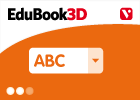
True/false. Bioelements and biomolecules
EduBook Organización
- 3229 visitas
Are the following sentences true or false? Living things and rocks are made up of different chemical elements. All bioelements are present in living beings. Oligoelements are not bioelements.…
-

Interpret. Molecules and crystals
EduBook Organización
- 3023 visitas
Look at the pictures and answer the questions: In what way is a sulphur molecule different from a water molecule? In a glass of water, what is the proportion of hydrogen atoms to oxygen atoms? Describe…
-

Did you know? Pure substances: elements and compounds
EduBook Organización
- 2513 visitas
Elements can be found in nature in different proportions. For example, on Earth, the most common elements are iron, oxygen and silicon (which is present in the silicon dioxide of the sand on beaches).…
-

Interpret. A table
EduBook Organización
- 1901 visitas
In order to analyse the amount of humus in the soil, we react a sample of it with hydrogen peroxide. The carbon in the organic material reacts with this compound and as a result, the reaction gives off…
-

Check. Test yourself
EduBook Organización
- 4489 visitas
Remember what you have studied in this unit and answer the questions: Why is it easy to compress a gas, but not a solid? What is the difference between chemical elements and chemical compounds? Are…
-
Pure substances: elements and compounds
EduBook Organización
- 3935 visitas
3.1. Pure substances and mixtures Pure substances are substances which have a fixed composition and properties which allow us to identify them. Mixtures are made up of two or more pure substances. 3.2.…
-
-
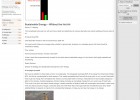
Sustainable Energy
Tiching explorer Organización
- 4766 visitas
This is an overview of "Sustainable Energy - Without the Hot AIr" by David JC MacKay. It takes Britain as an example for statistics. It points out to what extent we are fossil fuel addicted…
-
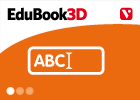
Write names and formulas. Matter and its properties
EduBook Organización
- 2684 visitas
Escribe las formulas correspondientes sin subíndice. Por ejemplo CO2 se escribe CO2. Remember what you have learnt about the formulas and names of binary compounds and do the following activities: Give…
Te estamos redirigiendo a la ficha del libro...













